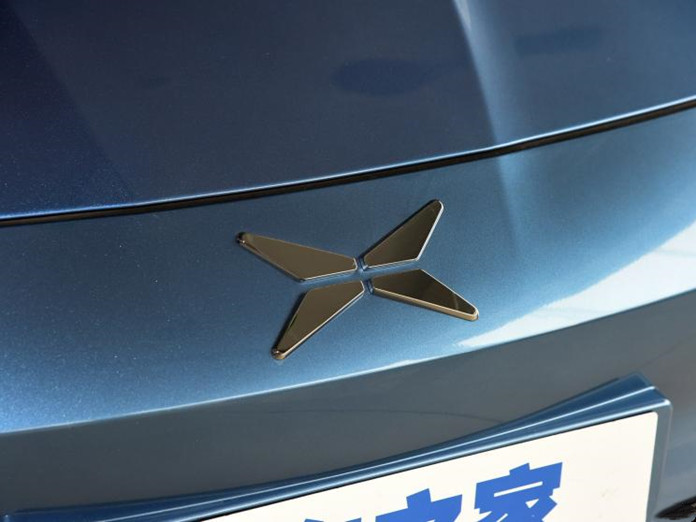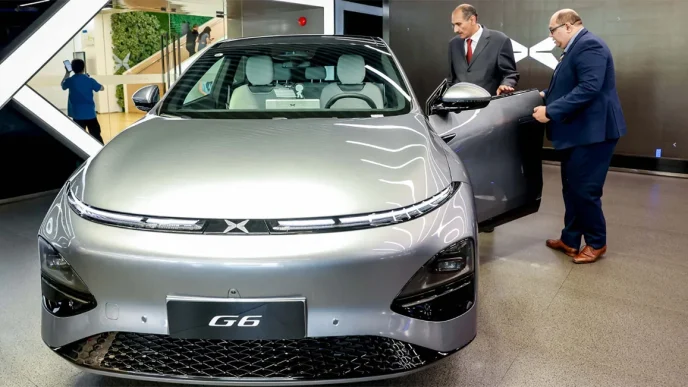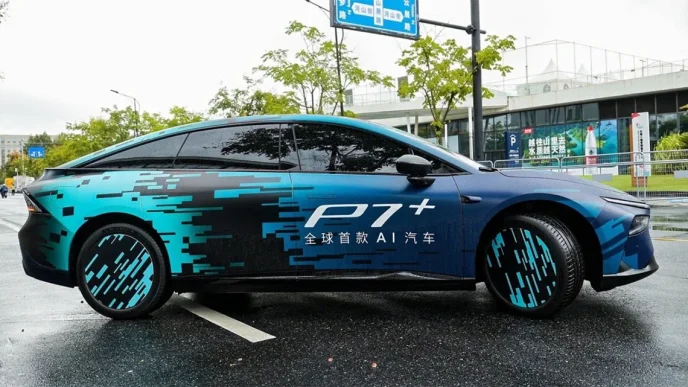Xpeng has undergone a significant restructuring of its organizational framework, aligning with a broader industry trend towards end-to-end artificial intelligence (AI) technologies. This move parallels recent organizational changes made by local competitors Nio and Li Auto, as reported by local media outlet Redplanx.
The restructuring primarily affects Xpeng’s technology development department, which is responsible for algorithm development related to perception, planning, control, and localization. The department has been reorganized into three distinct divisions: AI end-to-end, AI applications, and AI efficiency. This shift aims to streamline the focus on AI models and enhance the efficiency of technology delivery.
The reorganization involves splitting Xpeng’s algorithms team into two main functions: one dedicated to model development and the other to feature delivery. This adjustment is part of a broader trend in the industry, driven by advancements in end-to-end large model technology, as demonstrated by Tesla’s release of FSD V12 earlier this year, which has influenced industry standards.
According to a June 19 report from LatePost, Nio has also restructured its smart driving team to concentrate on end-to-end technology. This reorganization includes merging the perception and planning control teams into a large model team and transforming the integration team into a technology delivery unit.
Additionally, a July 17 report by 36kr noted that Li Auto has established an end-to-end large model autonomous driving team with over 200 members, supported flexibly by other teams. The Li Auto smart driving team is now divided into two primary groups: algorithm development and mass production development, with a total team size of approximately 800 people.
These changes reflect a growing industry consensus around the advantages of end-to-end AI models in autonomous driving technology, as major players in the sector adapt their organizational structures to stay competitive.












